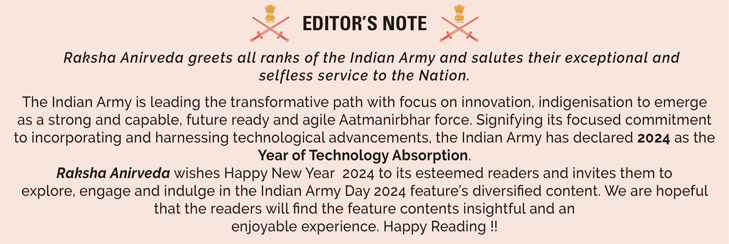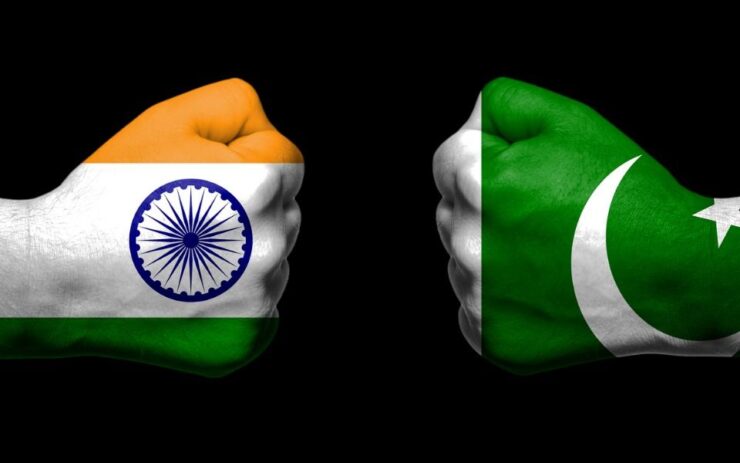
“If you add sugar to poison, it does not make a sweet dish. Should you consume, you will die. Peace or no peace; friendship or no friendship, Pakistan is a pure simple poison for India. Should India cozy up too close to Pakistan, India will disintegrate”, Kalmuddin, a friend from Kupwara in North Kashmir, told me in May 1999.
It has been over seven decades of hatred and animosity between India and Pakistan. In the said time period, four wars, including Kargul-99, have been fought besides needling each other’s vulnerabilities. Almost two to three generations have passed, both in India and Pakistan, asking a very simple question: Why can’t India and Pakistan just be friends?
Many pre- partition Hindus and Sikhs from the area, called Pakistan today, and Muslims from old India have gone to their heavenly abodes with an unfulfilled hidden desire to re-visit their places of birth! But if wishes were horses, the sub- continent would not have been partitioned at first place.
I repeat the question to myself and lap up a beautiful book by Hassan Haqqani, a former Pakistan’s ambassador to the USA and a known journalist cum author of repute. He, too, asks the same question and goes on to look for answers. His anthology of answers is revealing. According to him, the enmity was dovetailed into the partition script.
When India and Pakistan were partitioned in 1947, assets were divided disproportionately. As pointed out by Hassan Haqqani, Pakistan was created by getting 19 per cent of British India Land, 22 per cent of the population then, but 33 per cent of the British Indian armed forces. This is where the problem lay.
The Punjabi Muslim-dominated army suffered from a typical Punjabi trait of a sense of superiority and snobbish domination of others. Hindus, Sikhs and Muslims of Punjab, on both sides of the border, excessively display this trait in their general conduct. Therefore, this army of Pakistan was bound to fill in the vacuum of leadership, when towering personalities like MA Jinnah and Liaquat Ali disappeared within 3-4 years of creation of Pakistan. In the time period of 11 years, from 1947 to 1958, Pakistan saw seven Prime Ministers.
Bureaucrats tried to fill the slot for sometimes. But the Pakistan army, dominated by Punjabis, considered them with disdain. Within 11 years of Independence, the army was controlling Pakistan, with General Ayub Khan as the real boss.
Thereafter, it was no looking back and the army slowly consolidated its position. To mesmerise its people, it invented the security threat from “Hindu India”. Kashmir became the USP of this false narrative, which sells like hot cake in Pakistan even today.
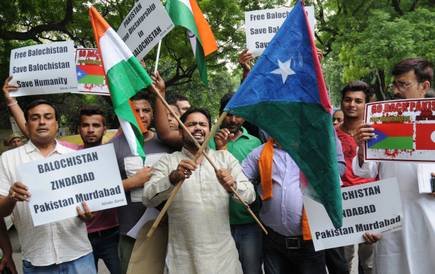
What helped the Pakistan army consolidate its power in Pakistan?
Typical of military war games, the first thing the army did was to create an enemy. Thus, as stated above, “Hindu-India” became the whipping horse for every Pakistani. It was propagated that India did not accept the “Two-Nation Theory” and would like to destroy Pakistan. Kashmir issue was used to add fuel to the fire.
It is a known fact that an enemy is a must for an army to exist. And for an overly large army to survive with its leviathan size against scaled-down populace, the Pakistan army had a ready-made answer in enmity with India.
In contrast, the Indian political leadership thought otherwise. Jawaharlal Nehru had once boasted that he did not envisage any enemy for India and as such India did not need an army. This was the other extreme of a moralistic and an idealistic thinking, devoid of pragmatism.
No wonder, India continued to live in its make-believe world of the Nehru era till the dawn of 21st Century—always hoping that Pakistan would one day forget the old bitterness.
How can Pakistan do so, when thinker and commentators like Hassan Nissar in Pakistan expound that Indo-Pak enmity began at their birth and it was irreversible. India since independence has been trying its best to douse the fires of bitterness between Indo- Pak relations, but failed to do so.
In 1947-49, Nehru did not allow its armed forces to go across Uri. In all earnest, he went to the UNO. But Pakistan refused to implement Clause 1 of the UN resolution of 13 August 1948 and as such scuttled the move. And today it keeps blaming India for non- implementation of UN Resolution.
Each and every Pakistani harping on it, exposes his unawareness about Clause 1 which had sought Pakistan to vacate POK before India was to organise plebiscite. In any case, after the Shimla agreement, the UN resolution lost its significance.
India again showed its magnanimity on two counts, namely, first by returning 93,000 POWs and two, allowing Pakistan to directly administer Gilgit-Baltistan. A secret clause in the Shimla agreement was to accept the Line of Control (LoC) as the International Boundary (IB). But it has been buried deep into the coffins of the time bygone. Even in 1965, India returned the tactically important Haji Pir Pass, which had provided the shortest approach to the Valley from Jammu.
Indian magnanimity has been often misread by Pakistan as a sign of weakness. Take the Indus water Treaty, signed in 1960 between Nehru and Ayub Khan. India being a riparian state, can scrap the treaty and check cum divert all the water to the Indian rivers to choke Pakistan’s agriculture based economy. But it has not allowed itself to be swayed by emotions.
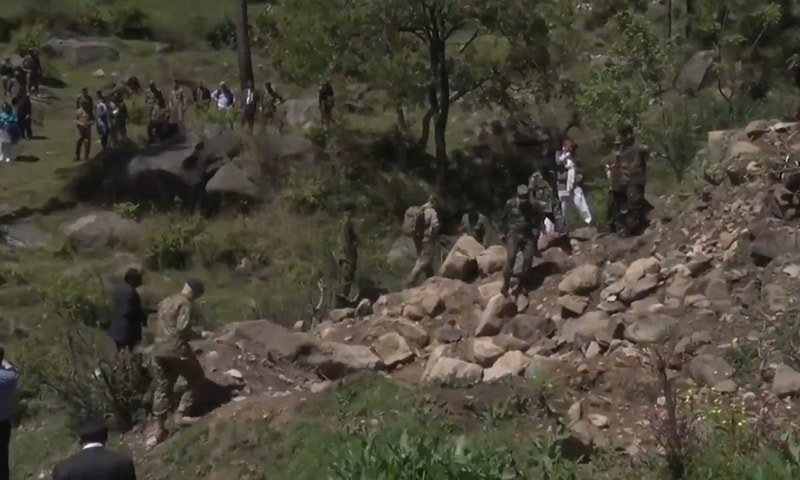
Further, it has now been revealed by Wikileaks that Manmohan Singh’s UPA government was ready to give Siachen Glacier to Pakistan as a show of goodwill but it was backstabbed by the Pakistan “Jihadi Factory” by carrying out Mumbai 26/11. Even Atal Bihari Vajpayee’s goodwill mission to Lahore in February 1999 was responded by the Pakistan army’s Kargil incident, even before the ink could dry up on the Lahore declaration signed by the two countries.
It is well established that the real power in Pakistan lay in the hands of the army. Generals dictate the foreign policy, particularly towards India. One fails to understand what kind of a democracy is in Pakistan, where the chief of the army signs the death warrants of condemned prisoners? Not only this, military courts have been set up who conduct trials of alleged terrorists.
Surprisingly, the Pakistan army decides as to who is a terrorist and who is not. This is why the media was not allowed to enter FATA and Balochistan where operation ZARB-E-AJB was carried out. They were given out the army’s version of the success of the operation.
In short, the army spans like a colossus over every aspect of human life in Pakistan. It is generally said that every country has an army but in Pakistan it was the army which has a country.
The interests of the Generals are the national interests of Pakistan. Civilian leaders are lame duck leaders, whether it was People’s Party of Pakistan or the Pakistan Muslim League (Noon). The army works at cross purposes with the efforts of the civilian government.
Three-time Prime Minister Nawaz Sharief was dislodged on trumped up charges and thrown into jail. His fault was that he had initiated a treason case against General Pervez Musharaff who had violated Pakistani constitution by imposing Martial Law in Pakistan. He, as a fugitive, is now cooling his heels in Dubai. And Nawaz Sharief managed to evade his detractors on medical grounds and resides in London.
It would be wrong to say that civilian governments in Pakistan have not made efforts to improve relations with India. But whenever it was done, the army cleverly gets it scuttled. The Pakistan army cannot afford to allow normalisation of relations with India. Peace with India means the end of the army’s powers.
The Atal Bihari Vajpayee government tried it in February 1999 but the move was short-circuited by the Pakistan army. Again, the Indian government of Narendra Modi and the Pakistan government of Nawaz Sharief did again try to improve relations in 2014-15.
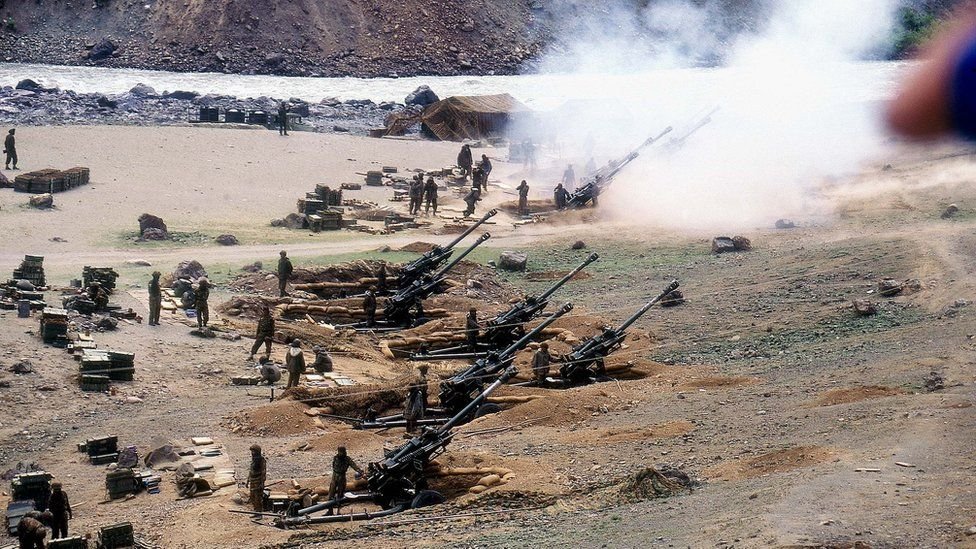
It is on record that by December 2015, Indian PM Narendra Modi and Pakistan PM Nawaz Sharief had established a good rapport and were moving towards a peaceful settlement of issues in the spirit of Shimla agreement.
It would be wrong to say that civilian governments in Pakistan have not made efforts to improve relations with India
It may be noted that in December 2015, Narendra Modi visited Nawaz Sharief’s House in Raiwind, near Lahore, in Pakistan, to attend a private function. It was an unannounced goodwill visit. But this was not digested by Pakistan army. So, before the duo could take the process forward, the Pakistan army engineered a terrorist attack in India’s Pathankot Air Base on January 02, 2016.
This not only embarrassed Modi but the Indian public opinion began to question any such moves till Pakistan stopped cross-border terrorism. The internal situation of Pakistan, engineered by its army, through media campaign against Nawaz Sharief on the “Panama Papers Leaks”, forced Nawaz Sharief to change tactics to divert public attention.
Earlier, too, Kashmir had come into focus in 1993. But in 1999, Nawaz Sharief had not wanted a direct confrontation with his army. His objective was to get the Pakistan army’s wings cut to size as he had wanted in February1999. So, what better way than to engage the army in a conflict with India over Kashmir.
Therefore in 2016 , in a planned manner, a hype over Kashmir had been created through “Operation Burhan Wani”. It led to the Uri incident on 18 September 2016.
Most observers feel that India and Pakistan can never be friends till the army calls the shots in Pakistan. Political leaders have no strength to stand up to the powerful army. Zulfiqar Ali Bhutto tried but he was overthrown by General Zia ul Haque, Nawaz Sharief tried twice but he was checkmated. He is once again very active but from London. He knows that Pakistan army was many times more strong than what Pakistan needed. He knows it needs to be cut to size. But there are rats all around. So, who will bell the cat?
The Indo-Pak friendship is subject to taming of the Pakistan army. The Kashmir issue justifies its present status. Hypothetically speaking, even if Kashmir was given to Pakistan, its army would invent some other reason to continue the animosity.
Peace between India and Pakistan was a pipe-dream of pacifists on both sides of Radcliffe Line.
Truly speaking, it is unthinkable for India to forgo Kashmir because it has spent almost more than 3 trillion dollars on Kashmir since 1947. The railway line to Kashmir Valley from Jammu has been constructed at a massive cost to Indian taxpayers. It is unimaginable that India would let this effort go waste. India cannot go back to 1947. Kashmir is now the mascot of Indian secularism and nationhood.
Economically, Pakistan today is in dire straits. The intelligentsia of Pakistan realises that it can come out of economical quagmire only by having normalcy with India. Even General Q J Bajwa, Chief of the Pakistan army has voiced these sentiments.
But there are many hurdles. One of them is Chinese interest in fuelling Pakistan’s animosity with India. China has outsourced its proxy war with India to Pakistan. Most Indian scholars are of the view that even if Pakistan wants to mend its fences with India, China would not allow its military to do so. Pakistan is in so much of economic debt to China that it cannot afford to antagonise China.
Some scholars even say that CPEC project might make Pakistan virtually an autonomous region of China. “Dawn Leaks”, a few years back had revealed that Pakistan has mortgaged most of its hard assets to China. Last year, Pakistan had to borrow one billion USD hard cash at short notice to return a Saudi Arabia loan.
Pakistan’s military hardware comes from China. Drones and fighter aircraft are taken from China on delayed payments. J-10 C, comparable with Rafale fighter of India, is going to be latest acquisition. Pakistan, thus, is an economic slave of China. How can Pakistan defy the Chinese whip on India?
Tarek Fateh, a Canadian Citizen of Pakistani origin, has revealed that 40 per cent of the Karachi Stock Exchange is owned by China. Further, a Pakistani industrial study had revealed that by 2030, 40 per cent of the Balochistan population would be of Chinese origin. No wonder Balochistan is up in arms against the Imran Khan government. Therefore, as it stands today, China would not allow Pakistan to mend fences with India. It has too much at stake.
In conclusion, one can say that in the current state of affairs Indo-Pak friendship is unthinkable. A lot of ground need to be covered before a patch up occurs. The only way of lasting peace and friendship is if both sides accept the current LoC as the International Boundary (IB) in Kashmir. As long as the realty of 2022 is not realised by both sides, friendship is a far cry.
-An ex-NDA and Wellington Staff College graduate, Col Rajinder Singh is a renowned author and security analyst. He has authored four books, two individually and two in collaboration. His best-selling books are Kashmir – A Different Perspective and The ULFA Insurgency. The views expressed are of the author and do not necessarily reflect the views of Raksha Anirveda


